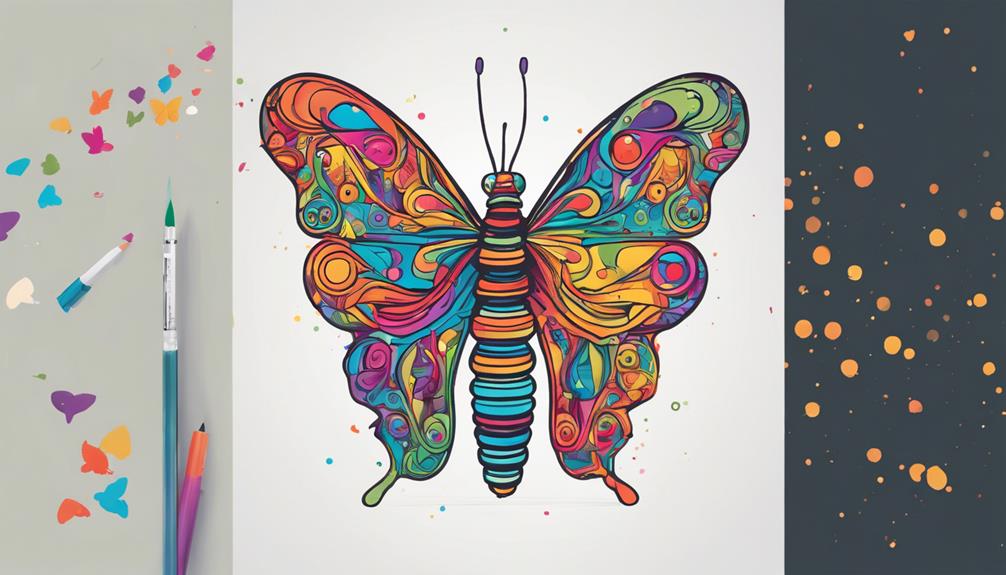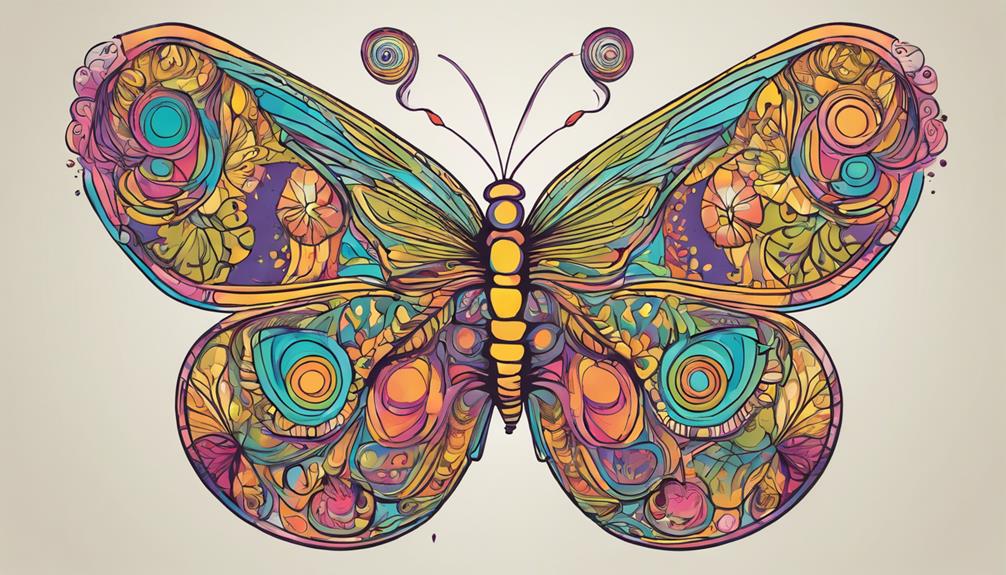Habit formation moves from a simple cue that triggers your brain to initiate a routine, which then results in a reward. By understanding this cycle, you can intentionally set visual or environmental cues, link new habits to existing routines through stacking, and create rewards that reinforce the behavior. Over time, repeated exposure and consistent cues help make the routine automatic. Keep exploring how these steps work together to turn small actions into lasting habits.
Key Takeaways
- The habit cycle involves cues triggering routines that lead to rewards, reinforcing the behavior over time.
- Environmental cues serve as signals that prompt specific habits, reducing reliance on memory.
- Habit stacking links new behaviors to existing routines, making habit formation more seamless.
- Consistent repetition and strategic cue placement strengthen mental associations and automate actions.
- Rewards reinforce habits, encouraging repetition and helping to solidify the behavior into a routine.

Have you ever wondered how small actions eventually become automatic habits? The process might seem mysterious, but it’s actually rooted in a simple yet powerful cycle: cue, routine, and reward. When you understand this cycle, you can start shaping your habits intentionally. One effective strategy is habit stacking, which involves connecting a new habit to an existing one. For example, if you already brush your teeth every morning, you can stack a new habit, like doing a brief stretch or practicing mindfulness immediately afterward. This technique leverages the momentum of your current routine, making it easier to incorporate new behaviors. Environmental cues play a crucial role here. These are the signals in your surroundings that trigger your habits—like placing your running shoes by the door to remind you to exercise or leaving your journal on your bedside table to prompt nightly reflection. By intentionally designing your environment, you create clear cues that prompt the desired action, reducing reliance on memory or motivation. When you see your shoes, it signals your brain that it’s time to move; when you notice the journal, it nudges you to wind down with your thoughts. Additionally, incorporating essential oils with antimicrobial properties, like tea tree oil, can support your overall health and reinforce positive routines. To develop a new habit, start by identifying a reliable existing routine to which you can attach the new behavior. This connection, or habit stacking, makes it easier to remember and execute the new habit because it becomes part of an already established pattern. For instance, after you pour your morning coffee, you might immediately open your journal to jot down a quick gratitude note. The existing act of making coffee becomes the environmental cue that prompts your gratitude practice. Over time, this pairing helps your brain associate the cue with the new routine, eventually turning it into an automatic habit. Creating effective environmental cues involves more than just placing objects around; it’s about making the cues noticeable and linked to your goals. If you want to read more, keep a book in your bag or by your favorite chair. If you aim to drink more water, keep a glass on your desk. The key is consistency—repeated exposure to these cues strengthens the mental connection, making the behavior more automatic. Remember, habits don’t form overnight. By habit stacking and strategically using environmental cues, you set a foundation that reduces friction and increases your chances of success. Over time, these small actions become ingrained, requiring less effort and willpower, until they’re just part of your daily routine.
Frequently Asked Questions
How Long Does It Typically Take to Form a New Habit?
It usually takes around 66 days to form a new habit, but this varies based on the habit loop and your consistency strategies. You need to repeatedly trigger the cue, perform the behavior, and enjoy the reward. Staying consistent helps reinforce the habit loop, making it stick faster. Keep in mind, some habits may take longer, so patience and persistence are key to turning actions into automatic routines.
Can Habits Be Broken or Replaced Once Established?
Yes, you can break or replace habits once they’re established. To do so, you should use habit breaking strategies like identifying triggers and creating new routines. Habit replacement techniques involve substituting the unwanted behavior with a positive one when the cue occurs. Consistency is key; by actively practicing these strategies, you’ll gradually weaken old habits and foster new, healthier routines.
What Role Do Emotions Play in Habit Formation?
Emotions act as powerful guides in habit formation, like a compass directing your actions. Emotional triggers, such as stress or happiness, influence your behaviors, making habits more likely to stick or fade. When you use habits for mood regulation, you’re tapping into these emotional cues, reinforcing patterns that help manage feelings. Recognizing this connection allows you to reshape habits intentionally, turning emotional triggers into tools for positive change.
Are There Differences in Habit Formation Across Age Groups?
Yes, habit formation varies across age groups because of age-specific motivation and developmental milestones. As you grow, your brain’s plasticity changes, influencing how quickly you develop new habits. Younger individuals may form habits faster due to heightened neuroplasticity, while older adults might take longer but benefit from more established routines. Understanding these differences helps tailor strategies to support effective habit formation at every age.
How Does Environment Influence the Development of Habits?
Your environment wields superpowers over your habits, turning everyday cues into unstoppable forces. When you see your phone buzzing, that’s an environment cue pulling you into a habit loop; social influences amplify this, making it even harder to resist. Whether it’s friends encouraging a snack or your workspace nudging you to procrastinate, your surroundings shape your habits more than you realize, almost like they’re conspiring to steer your behavior.
Conclusion
Think of habit formation like planting a seed. At first, you notice the cue, water it with your actions, and wait patiently for the reward to sprout. Over time, your routine becomes a strong tree, standing tall and steady. With consistent care, your habits grow roots deep and branches wide. Soon, your daily actions become second nature, anchoring you like a sturdy tree in a forest—powerful, resilient, and unstoppable.










